Snow Flurry Hardy Gardenia – 1 Gallon Pot
$33.85 Original price was: $33.85.$23.70Current price is: $23.70.
SKU: D2LSC 4146337523 Categories: Gardenias, SHRUBS & BUSHES
- Shop with ease, buy with confidence.
- Safe and Secure Payments, Always
- Prompt service, every time.
- Fast, friendly, always here to help.

‘Snow Flurry’ Gardenia
Gardenia jasminoides ‘WAH-ST’ Snow Flurry
Plant Details
USDA Plant Hardiness Zones: 6a -10b Find Your Zone
Shrub Type: Evergreen Flowering Shrub
Height at Maturity: 3′
Width at Maturity: 4-5′
Spacing: 4′ apart for solid hedge; 7’+ apart for space between plants
Growth Habit / Form: Bushy, Dense, Rounded Mound
Flower Color: White
Flower Size: 2″
Flowering Period: Late Spring, Early Summer and sporadically until Fall
Flower Type: Double
Fragrant Flowers: Yes
Foliage Color: Dark Green
Fragrant Foliage: No
Berries: No
Berry Color: NA
Sun Needs: Morning Sun with Afternoon Shade or Filtered Sun, All Day Filtered Sun
Water Needs: Average, Lower when established
Soil Type: Clay (amend heavy clay soils to ensure good drainage), Loam, Sand (amend quick draining soils for moisture retention), Silt
Soil Moisture / Drainage: Moist But Well Drained
Soil pH: 5.0- 6.5 (Acid)
Maintenance / Care: Low
Attracts: Visual Attention
Resistances: Deer, Drought (when established), Heat, Humidity
Description
A hardy gardenia that has demonstrated cold tolerance to below 0F, ‘Snow Flurry’ features elegant and wonderfully fragrant pure white single to semi double flowers beginning in late spring and then sporadically reblooming during summer into fall. The flowers really pop against the background of dark green, glossy foliage on a mounding plant to maybe 3 feet tall and around 4 feet wide. Situate this sensory beauty near patios and other outdoor living spaces or along paths and walkways. Enjoy the cut flowers in indoor flower arrangements as well.
Landscape & Garden Uses
Growing 3 feet tall and 4 to 5 feet wide, the Snow Flurry Gardenia is ideal for use as an accent, in groupings, or as a hedge in home foundation plantings and landscape borders. Its smaller stature also makes it a good fit for mid to large size containers which can be overwintered indoors in zones north of 6. Because they like a break from the midday afternoon sun, and cold northwesterly winter winds, gardenias are best planted on the east side of the home or other structures. Needless to say gardenias are a fine addition for sensory gardens and near windows or outdoor living spaces where the sweet fragrance can be enjoyed.
Suggested Spacing: 4 feet apart for solid hedge; 7 feet or more apart for space between plants
Growing Preferences
Gardenia are exceptionally easy to grow in moist but well-drained soils of average fertility and part sun, preferably morning sun with some shade or filtered sun in the mid afternoon hours. As with so many other ornamental plants, constantly soggy or wet soils can cause root rot or other plant diseases. The east side of the home or other tall structure is a perfect spot. USDA Zones: 6a-11 Find Your Zone
Soil pH is important!
To flower their best and maintain deep green foliage color, all Gardenia require an acid to moderately acid soil ranging from 4.5 to 6.0 on the pH scale. Alkaline soil cause yellowing of foliage and flowering will be diminished.
Soil pH is a measurement of the alkalinity or acidity of soil and is measured on a scale of 1-14, with 7 as the neutral mark. Any measurement below 7 indicates acid soil conditions, and anything above 7 indicates alkaline. If you’re unsure about the pH of your soil and whether or not it’s suitable for growing Gardenia it’s a good idea to test the soil pH in the planting area. You can quickly test soil pH with an inexpensive soil pH tester probe or kit.
To lower the pH (make more acid) you can apply Soil Sulfur, Aluminum Sulfate, or Chelated Iron. Adding organic compost to the soil or using compost as mulch can also help to increase acidity and maintain acid soil conditions.
Learn More: What is Soil pH & How To Test & Adjust It
Helpful Articles
Click the link below to find helpful advice from our experts on how to plant, fertilize, prune and water Gardenia plants.
How To Plant & Care For Gardenias
Plant Long & Prosper!
Meet The Wilson Brothers & Staff
Questions? Contact Us
The two gardenia plants arrived here is great shape, as usual. Shipping was prompt with the package being very well protected for the plant. With the gardenia already planted so that their roots can adapt and establish, we should have pretty gardenia next summer. Great job!————————————Yes you should! We are so glad you are pleased and we hope you enjoy them for years to come! Thanks for the great review! 🙂 Beth Steele | WBG
Be the first to review “Snow Flurry Hardy Gardenia – 1 Gallon Pot” Cancel reply
Related products
Sale!
SHRUBS & BUSHES
Sale!
Gardenias
Sale!
SHRUBS & BUSHES
Sale!
SHRUBS & BUSHES
Sale!
SHRUBS & BUSHES
Sale!
Sale!
SHRUBS & BUSHES
Sale!
SHRUBS & BUSHES




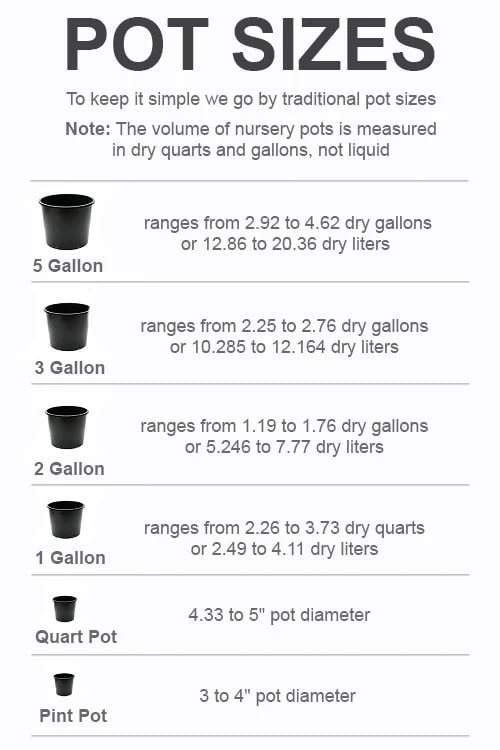

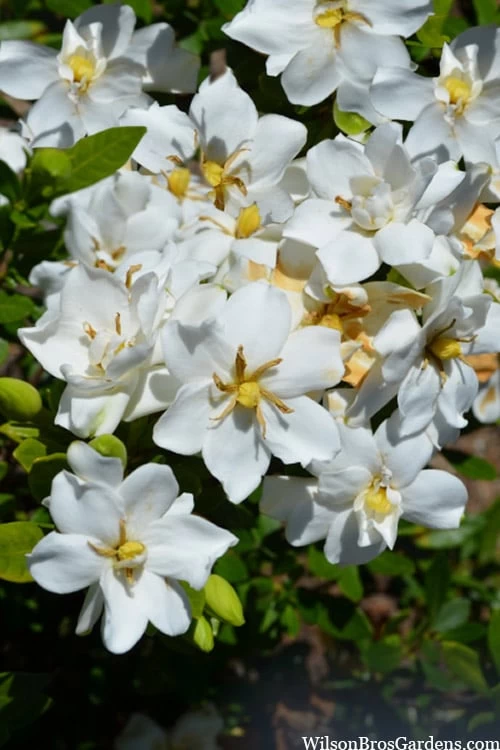
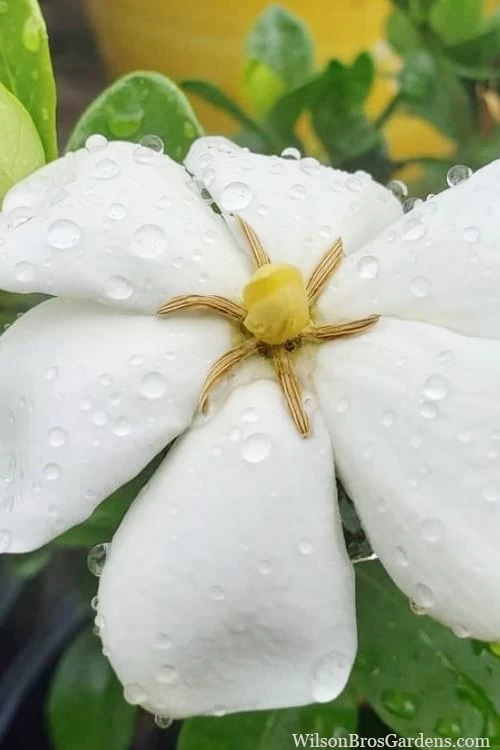
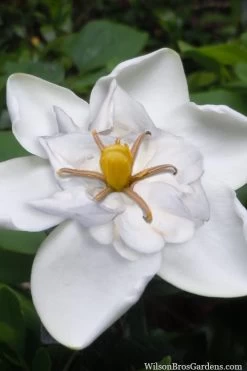

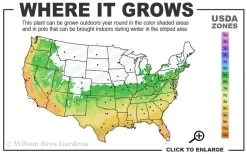



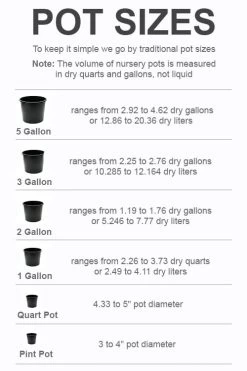
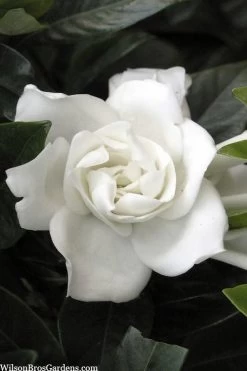

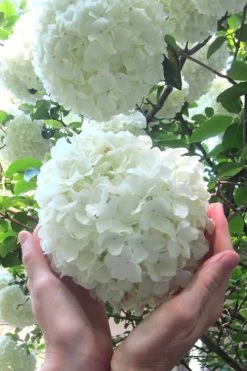
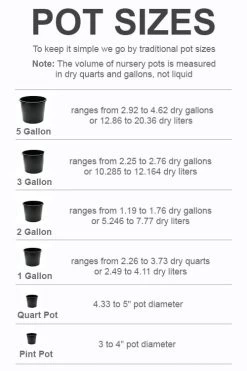
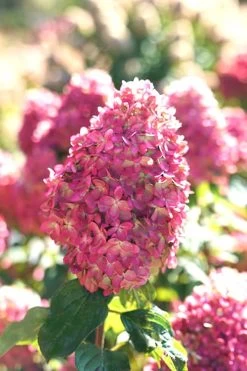
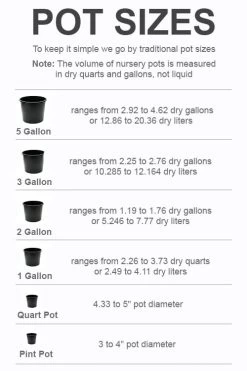
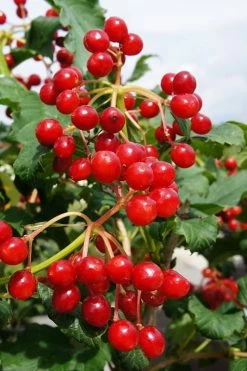


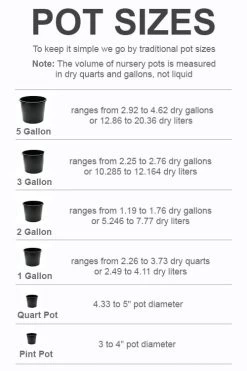
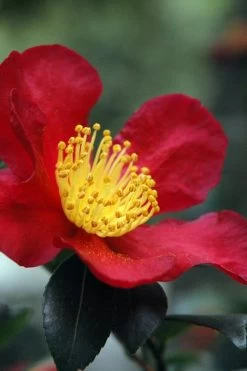
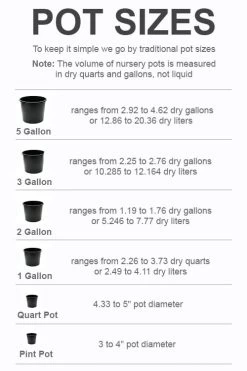
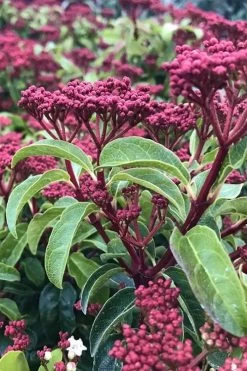
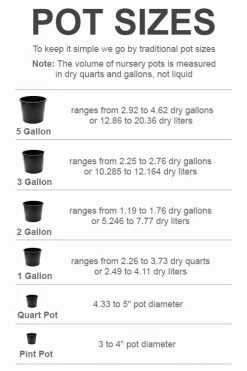
Reviews
There are no reviews yet.